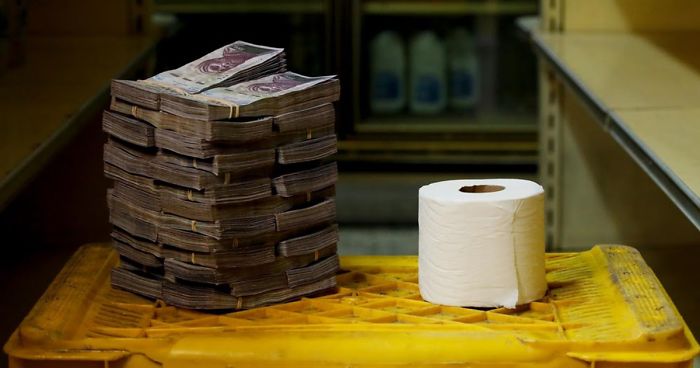Objective:
InflationLinks to an external site. occurs when the prices of goods and services rise, while deflationLinks to an external site. occurs when those prices decrease. The balance between these two economic conditions, opposite sides of the same coin, is delicate and an economy can quickly swing from one condition to the other. Central banks keep a keen eye on the levels of price changes and act to stem deflation or inflation by conducting monetary policy, such as setting interest rates.
Inflation is a quantitative measure of how quickly the price of goods in an economy is increasing. Inflation is caused when goods and services are in high demand, thus creating a drop-in availability. Supplies can decrease for many reasons; a natural disaster can wipe out a food crop, a housing boom can exhaust building supplies, etc. Whatever the reason, consumers are willing to pay more for the items they want, causing manufacturers and service providers to charge more.
The most common measure of inflation is the consumer price index (CPI)Links to an external site.. The CPI is a theoretical basket of goods, including consumer goods and services, medical care and transportation costs. The government tracks the price of the goods and services in the basket to get an understanding of the purchasing power of the U.S. dollar.
Inflation is often seen as a big threat, mostly by people who came of age during the late 1970s, when inflation ran wild in the United States. So-called hyperfinflationsLinks to an external site. occur when the increase in monthly prices exceeds 50% over some period of time. These periods of rapid price increases are often accompanied by a breakdown in the underlying real economy and may also see a sudden increase in the money supply.
While hyperinflations can be scary, they are historically rare. In reality, inflation can be either good or bad, depending on the reasons and level of inflation. In fact, a complete lack of inflation can be quite bad for the economy, as we will see below with deflation. A modest amount of inflation can actually encourage spending and investing, as inflation can slowly erode the buying power of cash—so it is relatively less expensive to buy that $1,000 appliance today than the same $1,000 in a year.
The most recent example of hyperinflation occurred in Venezuela.

Deflation occurs when too many goods are available or when there is not enough money circulating to purchase those goods. As a result, the price of goods and services drops. For instance, if a particular type of car becomes highly popular, other manufacturers start to make a similar vehicle to compete. Soon, car companies have more of that vehicle style than they can sell, so they must drop the price to sell the cars. Companies that find themselves stuck with too much inventory must cut costs, which often leads to layoffsLinks to an external site.. Unemployed individuals do not have enough money available to purchase items; to coax them into buying, prices get lowered, which continues the trend.
When credit providers detect a decrease in prices, they often reduce the amount of credit they offer. This creates a credit crunch where consumers cannot access loans to purchase big-ticket items, leaving companies with overstocked inventory and causing further deflation.
Prolonged periods of deflation can stunt economic growth and increase unemployment. Japan’s “Lost DecadeLinks to an external site.” is a recent example of the negative effects of deflation.3
Just as out of control hyperinflation is bad, uncontrolled price declines can lead to damaging a deflationary spiral. This situation typically occurs during periods of economic crisis, such as a recessionLinks to an external site. or depressionLinks to an external site., as economic output slows and demand for investment and consumption dries up. This may lead to an overall decline in asset prices as producers are forced to liquidate inventories that people no longer want to buy.
Consumers and businesses alike begin holding on to liquid money reserves to cushion against further financial loss. As more money is saved, less money is spent, further decreasing aggregate demand. At this point, people’s expectations regarding future inflation are also lowered and they begin to hoard money. Consumers have less incentive to spend money today when they can reasonably expect that their money will have more purchasing powerLinks to an external site. tomorrow.
Most of the world’s central banksLinks to an external site. target modest levels of inflation, at around 2%–3% per year. Higher levels of inflation can be dangerous for an economy as it causes prices of goods to rise to quickly, sometime in excess of wage increases. By the same token, deflation can also be bad news for an economy, as people hoard cash instead of spending or investing with the expectation that prices will soon be even lower.